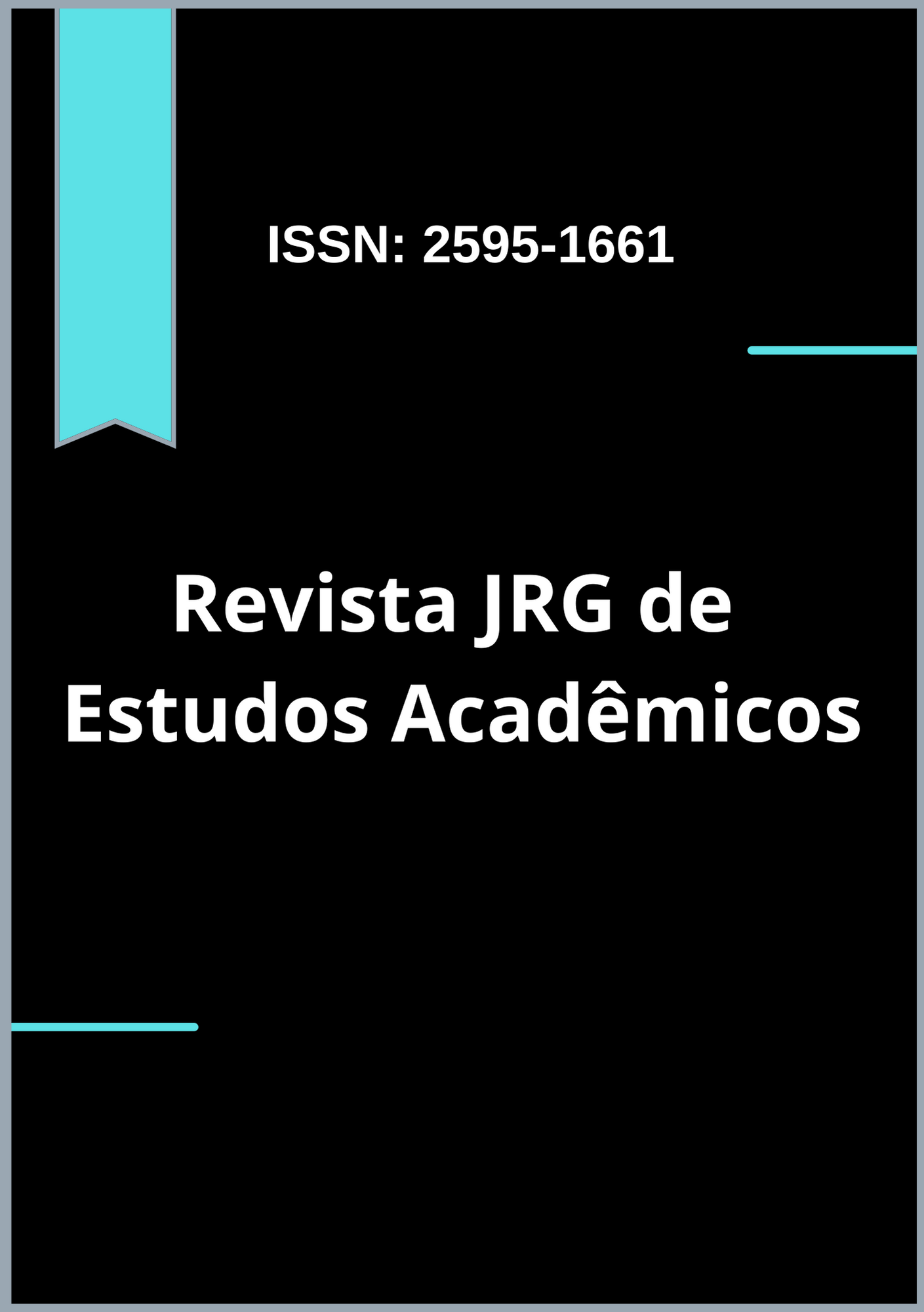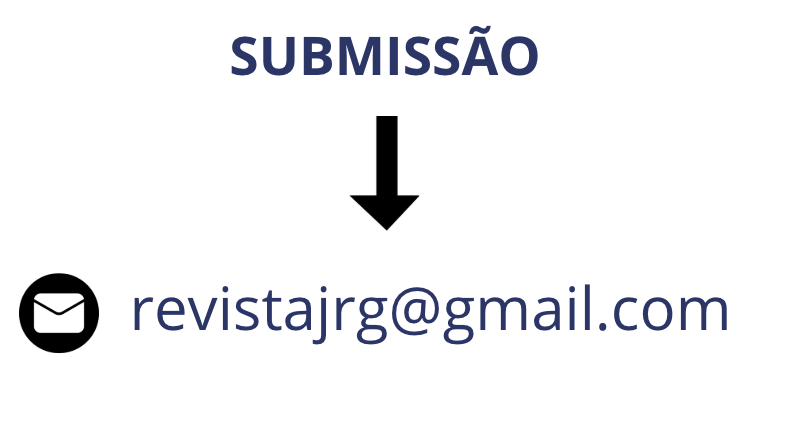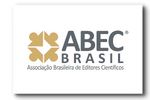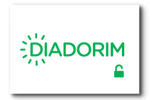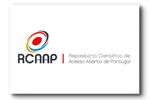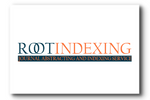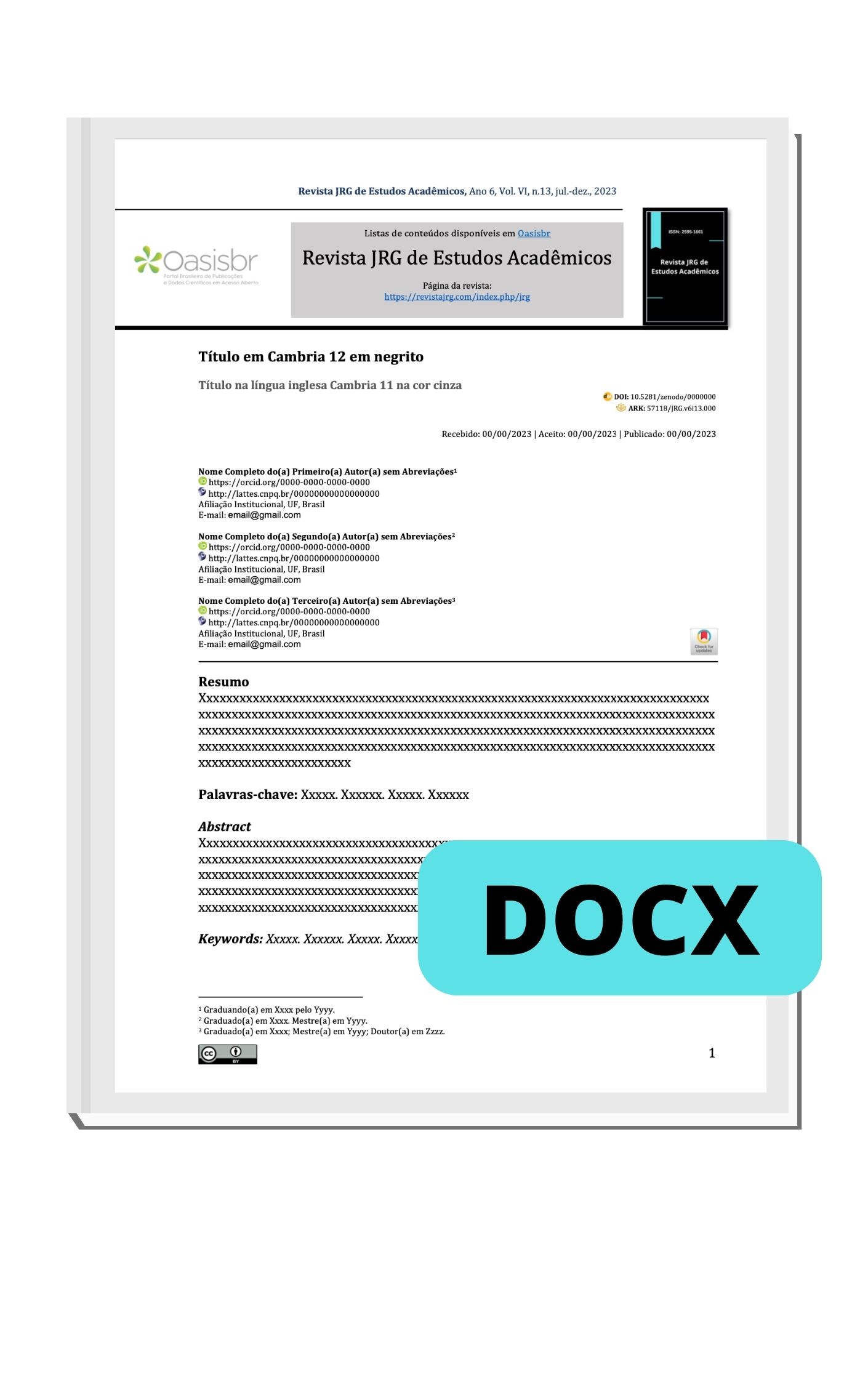Tax planning in rural livestock activity breeding and raising cattle with an emphasis on income tax
DOI:
https://doi.org/10.55892/jrg.v8i18.2011Keywords:
Tax Planning, Rural Producer, Individual, Legal EntityAbstract
Tax planning has been used to describe the organization of a company's business with a view to reducing its tax burden. Taxation in agribusiness, especially in rural activities, is a topic that deserves further exploration due to the existence of rules that allow for the reduction of tax burdens and the lack of knowledge on the subject among many accountants. A positive result in rural activities can fully offset previous losses, reducing the tax base due. However, if the producer opts for the 80% presumption regime on gross revenue, this offset will not be possible, which may lead to a higher future tax burden. Thus, this study aimed to highlight the importance of tax planning in rural livestock activities in the cattle breeding and rearing cycle, identifying the best form of taxation for rural producers. The methodology used is descriptive in nature and aimed to analyze financial information in a case study, to identify the best form of taxation with the lowest incidence of income tax for rural producers in the livestock sector, raising and rearing cattle, who have been operating as individuals, located in the municipality of Rio Sono/TO, taking into account their form of exploration of rural activity. In light of these issues, the study concludes that the choice between an individual and a legal entity for tax purposes should consider factors such as the complexity of accounting management, the volume of revenue, and the need for strategic tax planning. For producers with high financial turnover and the possibility of consistent profits, formalizing as a legal entity may be more advantageous, as it allows for more efficient tax planning and the offsetting of losses without restrictions. For smaller producers, remaining as an individual may offer greater administrative simplicity and flexibility in taxation, provided there is adequate control of revenues and expenses. Therefore, it is recommended that rural producers periodically evaluate their tax structure and consult a tax planning specialist to optimize their tax burden and ensure the financial sustainability of their activity.
Downloads
References
ARRUDA, Leila Lucia; SANTOS, Celso José. Contabilidade rural. 1. ed. Curitiba: Intersaberes, 2017. E-book. Disponível em: https://plataforma.bvirtual.com.br. Acesso em: 20 abr. 2024.
CREPALDI, Silvio Aparecido. Contabilidade rural: uma abordagem decisorial. 9. ed. São Paulo: Atlas, 2019. Disponível em: https://censoagro2017.ibge.gov.br/templates/censo_agro/resultadosagro/estabelecimentos.html?localidade=17. Acesso em 06/11/2024.
LOLATTO, Daiane. Planejamento tributário. 1. ed. São Paulo: Contentus, 2020. E-book. Disponível em: https://plataforma.bvirtual.com.br. Acesso em: 11 nov. 2024.
MACHADO, Hugo de Brito. Introdução ao planejamento tributário. 2 ed.São Paulo: Malheiros,2019
MARCONI, Marina de Andrade; LAKATOS, Eva Maria; atualização por MEDEIROS, João Bosco. Metodologia científica. 8. ed. Barueri [SP]: Atlas, 2022.
MARION, José Carlos. Contabilidade rural: agrícola, pecuária e imposto de renda. 15. ed. São Paulo: Atlas, 2020.
PEREIRA, Carlos. Estudo das Principais Cadeias Produtivas do Tocantins. Disponível em: http://www.fieto.com.br/EstudosPesquisas.aspx?c=7c56dad3-5079-48a1-ba88-4fd56e968f6a. Acesso em: 19 abr. 2024.
RODRIGUES, Aldenir Ortiz; BUSCH, Cleber Marcel; GARCIA, Edino Ribeiro. Contabilidade rural. 5. ed. Rio de Janeiro: Freitas Bastos, 2020. E-book. Disponível em: https://plataforma.bvirtual.com.br. Acesso em: 20 abr. 2024.
TAMARINDO, Ubirajara Garcia Ferreira; PIGATTO, Gessuir. Tributação no agronegócio. 2. ed. Leme: JH Mizuno, 2020. E-book. Disponível em: https://plataforma.bvirtual.com.br. Acesso em: 20 abr. 2024.
TRAVASSOS, Marcos. Contabilidade gerencial rural e ambiental: uso das demonstrações contábeis para geração de índices patrimoniais, econômicos e financeiros nas atividades agrícolas, pecuárias e ambientais. Rio de Janeiro: Freitas Bastos, 2023. E-book. Disponível em: https://plataforma.bvirtual.com.br. Acesso em: 20 abr. 2024.
ZANIN, Diones Fernandes. Contabilidade de agronegócios. 1. ed. São Paulo: Contentus, 2020. E-book. Disponível em: https://plataforma.bvirtual.com.br. Acesso em: 11 nov. 2024.
